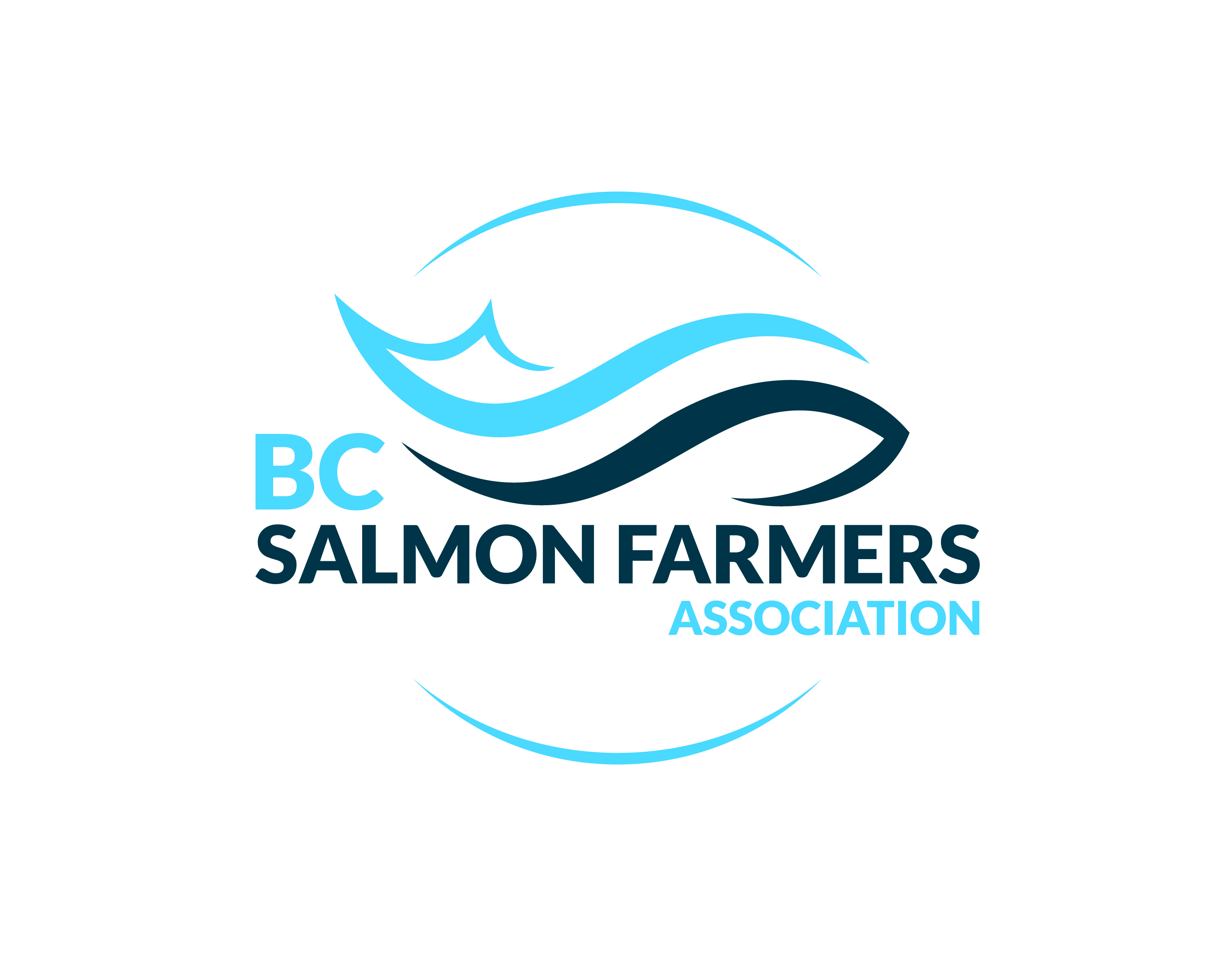Chef Brian Smith Talks About the Importance of Educating Kids on Fresh Local Foods

Some have painted boxes embellished with action heroes, while others simply bring the iconic brown paper bag however, it’s not so much what your kid brings their lunch in that’s important, but rather what’s in it. Statistics from the Canadian Childhood Obesity Foundation show that obesity has more than doubled in children and quadrupled in adolescents in the past 30 years. One program in BC wants to change that. After launching 5 years ago, the Take a Bite of BC program is leading the way in connecting students with farmers, getting kids excited about the foods they eat, and teaching kids the benefits of packing healthier lunches.
We connected with Chef Brian Smith, the Take a Bite of BC program instructor at Thomas Haney Secondary in Maple Ridge, to discuss the program’s goals and the changes he’s seen in students during his time working there.
How important is it for kids to be more aware of where their food comes from?
It’s super important for kids to understand where their food is coming from, as well as the cooking principles involved in preparing food, so they can make informed choices. With childhood diabetes and obesity now rampant in high schools it’s more important than ever for them to know how to make healthy decisions.
An American study published in 2009 indicates that we may soon see parents outliving their children as rising obesity rates take a toll on the life expectancies of young people. Does this show a need programs like this to be a part of a school’s curriculum?
I think the need is there 100% because our main goal is to expose kids to healthy foods. Not only is it important for them to know where their food comes from, but also for them to learn how to make it themselves. I believe healthy eating is directly correlated to their ability to cook their own food.
We teach kids how to make most things from scratch, like dressings, soups, and sauces, so they can avoid pre-made, processed, or frozen foods. Kids are more likely to eat a variety of foods if they are confident making it themselves, rather than relying on mass-produced foods served in fast-food chains. Students that participate in culinary arts programs serve their meals to the greater student population, who more likely to try new things when they see the food is being prepared by their peers.
Can you tell me about the Take a Bite BC program and your role in it?
Take a Bite BC came together as a way to get local farmers to bring their products into schools so that kids would understand where their food comes from, and see that food is grown literally in their backyards. Once kids made that connection, it was easy for us to implement our healthy school initiatives because kids understood how close to home the ingredients really are.
How many kids are in the program?
This year there are over 200 kids in my program at Thomas Haney Secondary. We’ve seen a steady increase over the last 5 years of students entering the program and every year it continues going up.
Why do you think kids are getting more excited about food?
I think social media plays a big part of that. Kids are “instagramming” their food and TV stations, like the food network, have increased kids awareness of food.
Do you teach kids the how to prepare leaner proteins like salmon?
Absolutely. We instruct them on the versatility of using a whole salmon by demonstrating how they can use every part of the fish, minimizing the amount waste produced. The kids learn how to cut, fillet and de-bone the salmon – turning the bones into a stock for a variety of dishes like chowders or salads.
Part of process is educating them about the products we’re using. A lot of the kids have pre-conceived notions about farmed salmon, but when we explain to them how the fish is grown and where it comes from – coupled with them working with it and eating it – they really like it. Kids today are much more open to try different things and learn more about the foods they eat.
How do students respond to the training they receive in this program?
Lots of students coming into the program are nervous, or they might not do well academically, but when they come into a program like ours where it’s all hands-on – they’re learning by cutting, chopping, and frying – they really begin to thrive. It’s not like math or science, where if they fail a test it’s this horrible thing. If they get something wrong here it’s all a part of the learning process and they identify the steps they can improve next time. I think this program helps to build a lot of self-esteem.
As an educator, how does it make you feel to see kids grow and get more confident with food?
It’s the most exhilarating feeling you can get. At the end of the year when kids come up and give you a big hug and thank you, it’s the best feeling ever. I get a lot of parents thanking me too because their son or daughter came home and made them dinner, and they’re just shocked.
Do you have a quick and easy school lunch idea you can share with us?
If you have some leftover salmon, the simplest thing is to take the fish, chop up some green onion, add a little mayonnaise, salt and pepper, and you’ve got a salmon salad sandwich. Or chop up some lettuce, throw in a lemon wedge, and there’s the salmon salad for the day.

